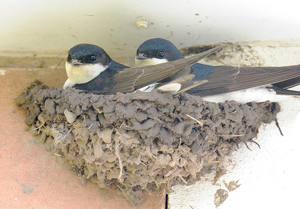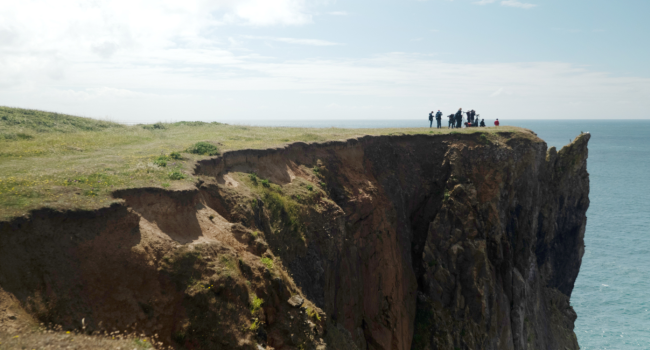The House Martin Survey
We know surprisingly little about House Martins despite the fact that they breed alongside us, using our houses on which to build a nest made of hundreds of beakfuls of mud.
Critically, we do not know why this species is in rapid decline in the UK. Currently, it is ‘Amber listed’ in the Birds of Conservation Concern listings, compiled by the UK’s leading conservation agencies.
Why did we survey House Martins?
We need to discover more about House Martins to help us identify why they are declining and provide scientific evidence to help inform policy decisions that could reverse the declines.
The House Martin survey over three years involved two separate but complementary methods to collect information on population size, breeding ecology and habitat preferences, so we can begin to tackle some key questions about this eagerly awaited summer visitor.
The Random Square Survey
In 2015 the nationwide random square survey involved volunteers visiting 2,934 ‘random’ (i.e. pre-selected) 1-km squares throughout the UK. By surveying random squares we can produce a robust population estimate to monitor future changes.
View the provisional 2015 survey results.
Focussing on Nests
In 2016 and 2017, the Nest Monitoring Study has involved volunteers making regular observations at individual nests to collect information about nesting activity. Results from the nest study have been published in a peer-reviewed paper in the journal Ibis.
Information about House Martins
Some facts and figures about House Martins can be found on our BirdFacts House Martin page, including distribution maps, ID tips and information about breeding and survival. A graph showing the European trend for House Martin can be viewed on the European Bird Census Council website. Interactive maps showing the week by week distribution of a small number of species within Europe, including House Martin, have recently been added to the EuroBird Portal.







Share this page